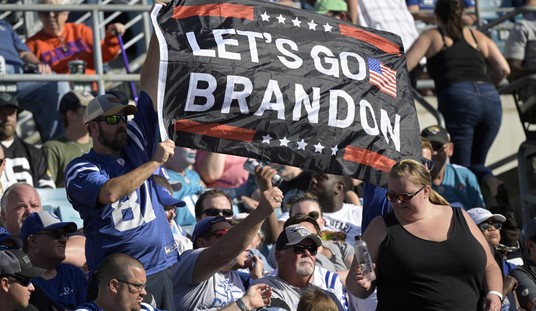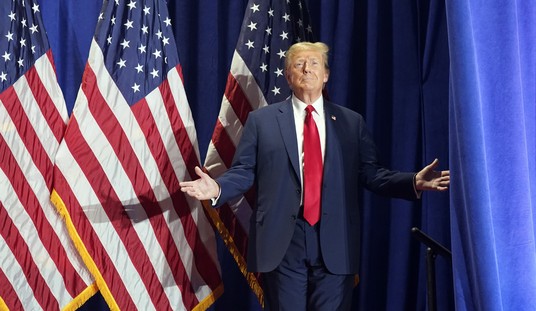Advertisement
The current and historical likely voter data reviewed here assume an approximately 40% turnout rate among national adults for each election, close to the typical turnout rate recorded in recent midterm years. (Gallup has also calculated the 2010 congressional vote using an assumption of higher turnout.) Specifically, 55% of likely voters in Gallup's Oct. 14-24, 2010, polling are Republicans and independents who lean Republican. This is higher than the Republican showing in the past four midterm elections, although not too dissimilar to the 51% found in 2002. The corollary of this is that the 40% of likely voters now identifying as Democratic is the lowest such percentage of the past several midterms.
























Join the conversation as a VIP Member